How to choose the right lawn mower: beginners guide
 Lee Burkhill: Award Winning Designer & BBC 1's Garden Rescue Presenters Official Blog
Lee Burkhill: Award Winning Designer & BBC 1's Garden Rescue Presenters Official Blog

Maintaining a well-manicured lawn requires regular upkeep, and a lawn mower is crucial for achieving that clean-cut finish on your grass. Whether you're looking to upgrade your existing lawn mower or buy one for the first time, choosing the right mower for your needs is essential. With so many available options, deciding which one to pick can be overwhelming, confusing and frustrating.
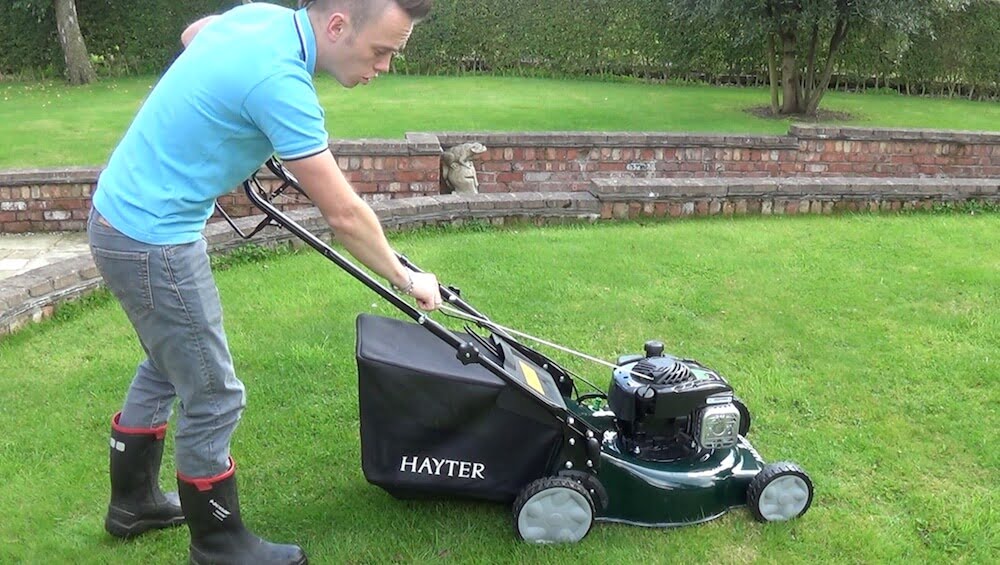
Do you need a battery-powered mower, ride-on, petrol or robotic lawn mower? How do you finally choose the right lawn mower out of the hundreds on offer? Or avoid picking a mower that won't cut it in the long run?
All these questions will be answered, Garden Ninjas!
This law mower guide will take all the fuss and confusion about which lawn mower to pick based on your gardening needs.
This page contains affiliate links for products I use and love. If you take action (i.e. subscribe, make a purchase) after clicking a link, I may earn some gardening commission which helps me keep the Garden Ninja Blog free for all.
The first thing you need to work out and understand before buying any lawn mowing equipment is the size of the area it will be mowing. I hear from many new gardeners that either buy a huge ride-on mower for a tiny garden or the smallest plug electric mower for half an acre of grass.
Both examples show how frustrating and expensive it can be to have a mower that won't cut all your lawn or is so power hungry it makes cutting your lawn unaffordable.

The size of your lawn is crucial in determining the type of lawn mower you need.
A small lawn is classed as anything 300m2 or smaller.
This is around 1 and 1/10 of a standard-size tennis court. Just a bit bigger than a tennis court worth of grass/lawn. So if your lawn is the same size as or smaller than a tennis court, then either a push, electric or petrol mower is your best bet.
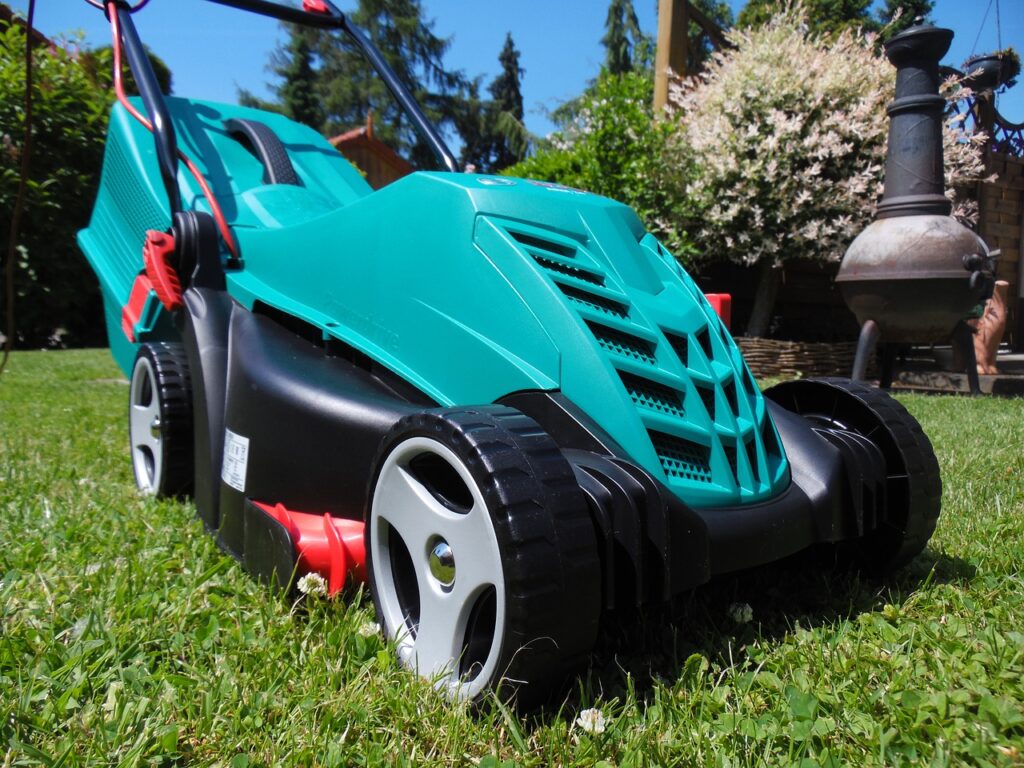
For lawns over 300m2 (360sq yd) but below 600m2 (700sq yd), a petrol mower will just about handle that amount. But it will take much more of your time unless the petrol mower is a powered drive model that self-propels.
Consider the size of the collection bin you'll need and how many times it will take to empty. It is the medium-sized lawn that most gardeners struggle with when buying a new mower.
In my experience, anything over 700m2 should really have a ride-on mower for efficiency, speed and cutting quality. Trying to do this manually with a petrol mower is tiring and time-consuming. With a plugged-in electric model, it's nearly impossible without dangerous power chord extensions.
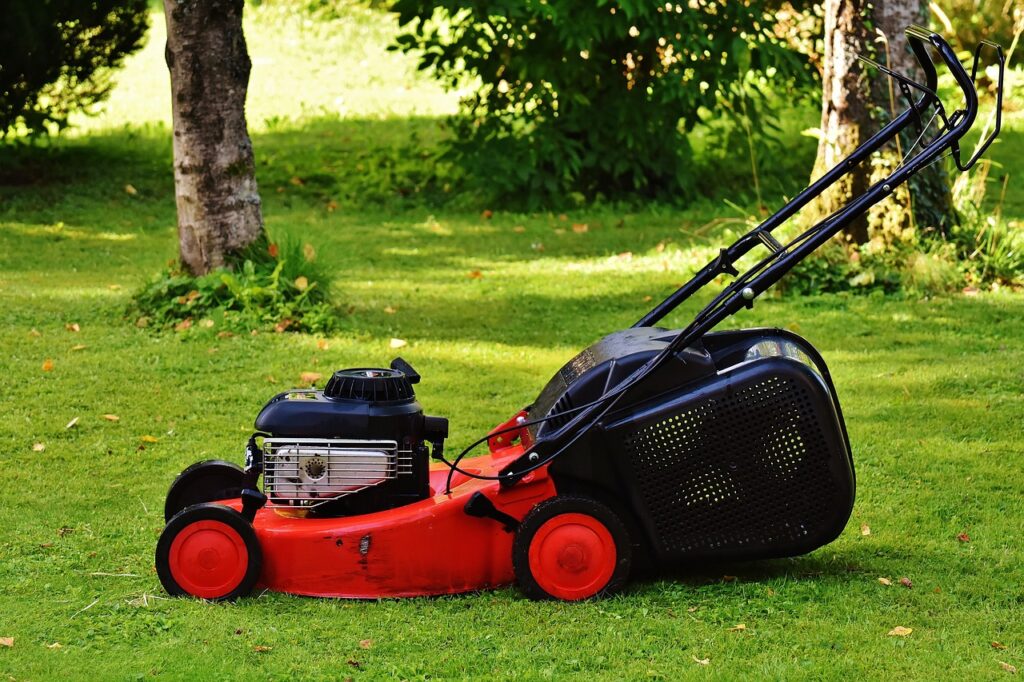
For lawns larger than 1000m2 or 1/3 of an acre, then a ride-on or sit-on mower is essential. Unless you want to spend your entire weekend pushing, emptying and refilling your petrol lawn mower, let alone the cool-down time it will need in between cuts.
Be sure to consider the width of the cutting deck, as it will affect the time it takes to mow your lawn. There's more detail on this below, but a ride-on mower should have a cutting width of at least 60cm.
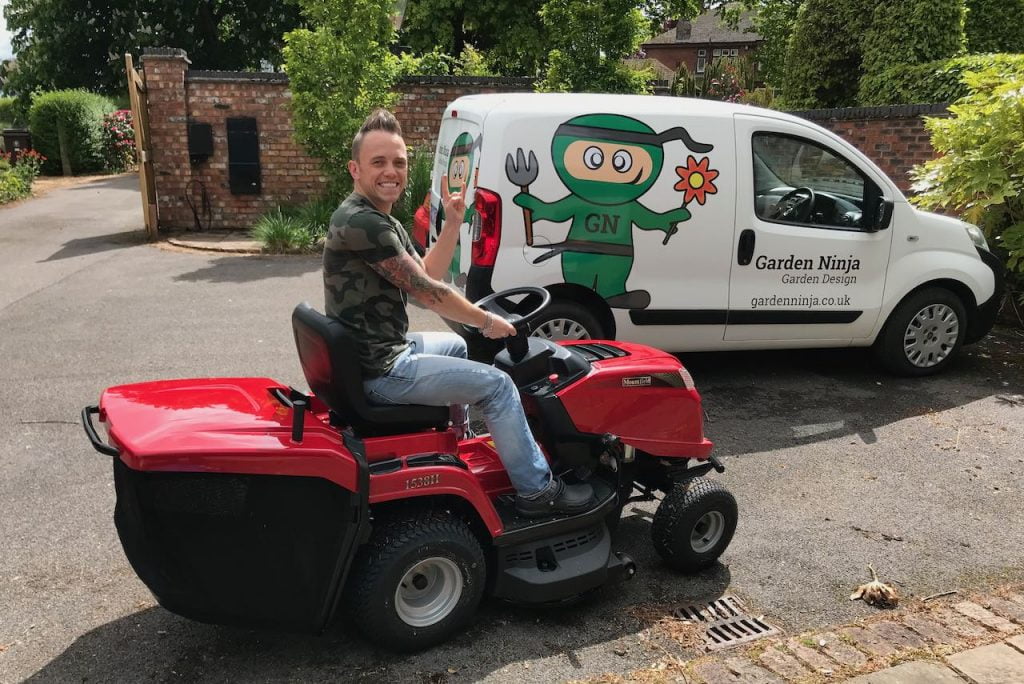
Lawnmowers come at different price points, from entry-level models to all singing all dancing built-to-last brands. You can spend anywhere between £99 and £25,000 on a lawn mower.
The more you spend, the better quality of the components, such as blade strength, wheel durability, collection box size, lifespan and guarantee period. I always like to think of the durability of finding the cheapest model. I'd rather pay more for a lawn mower with replaceable parts or better-quality materials so it lasts longer.
Whilst a £99 plug-in mower may save you a couple of hundred pounds at first it maybe a false investment. If in a year's time, it's falling to bits requiring another £99 to replace it. Then it's a false economy.
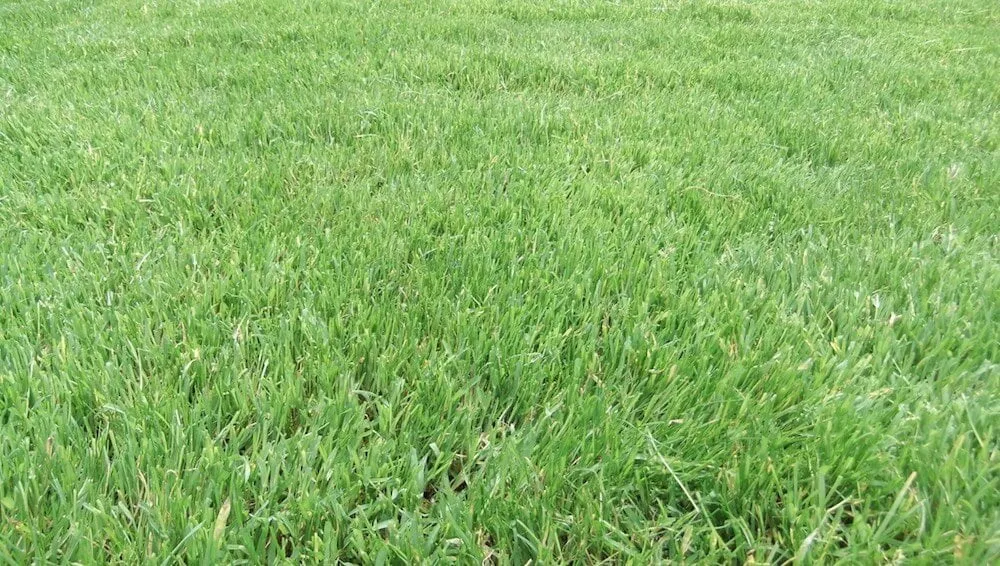
Before making a purchase, determine how much you're willing to spend. Keep in mind that higher-end models may have more features, but they also come at a higher cost. Be sure to weigh the features and benefits of each model against your budget to make an informed decision.
Below is an idea of the rough cost of a quality lawn mower, depending on the type. This must be taken as a rough guide as brand value, materials, and other components will affect these prices significantly.
Did you know that you can take my course and learn how to become a Garden Ninja yourself? Click here for details
Lawn mowers come in different power sources. The two most common are electric (plug-in or battery-powered) and petrol-powered lawn mowers. Let's look at the two main types of mowers and consider which is best for your lawn and grass-cutting requirements.
Petrol-powered lawn mowers are powerful and ideal for large lawns, but they are also noisy and emit fumes. They also require servicing and draining down over the winter if not in use. However, they can run for far longer than most electric models. Upto 60 minutes of constant use before needing to cool down.
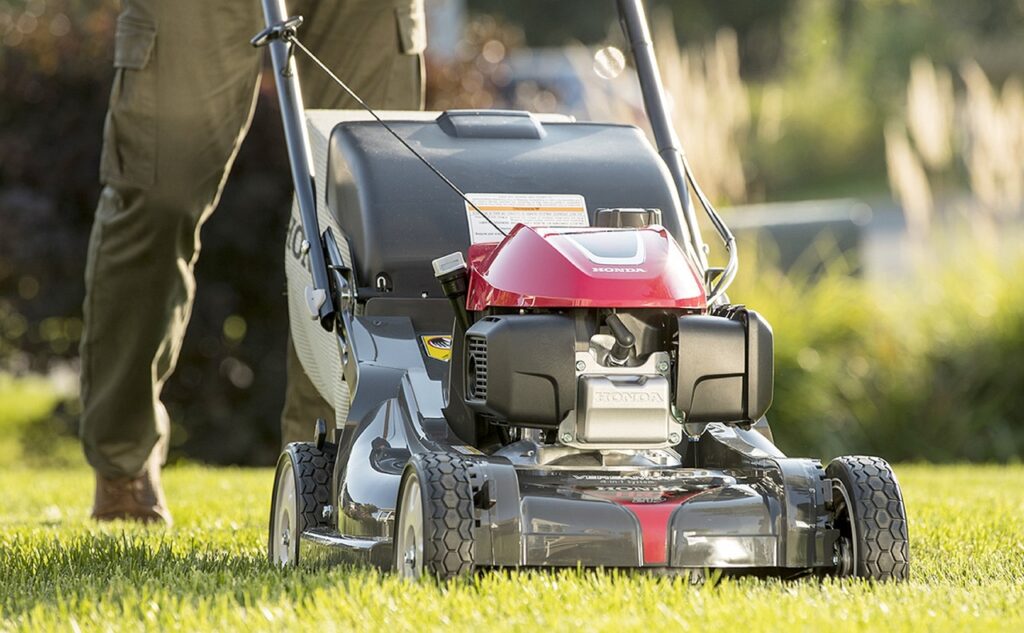
Electric mowers are quieter and produce no emissions, but they have limited run time and require access to an electrical outlet. Most electrical models are constrained by the length of their power chord or grass collection box, which is usually smaller.
Battery-powered mowers are also quieter than petrol mowers, and they offer more flexibility than electric mowers but you'll need multiple batteries to cut a medium-sized lawn compared to petrol. Consider that you may need to wait up to 60 mins to recharge your battery if you only have one to use.
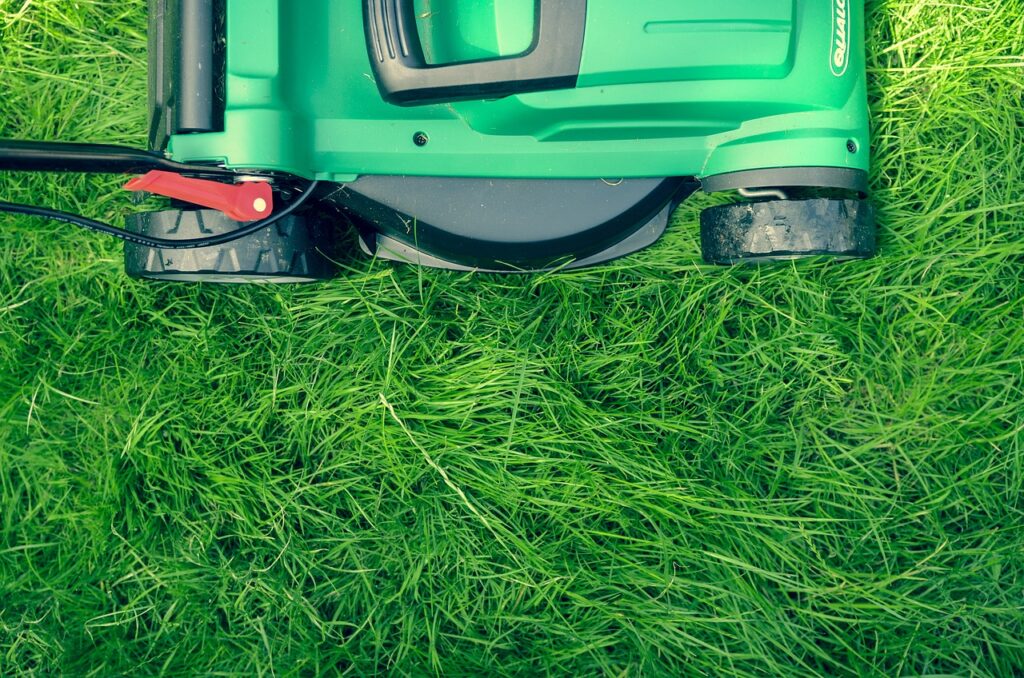
Robotic lawnmowers are a hybrid of battery power. Able to cut a much smaller grass area such as urban town gardens. These robotic mowers use either a perimeter sensor or clever onboard sensors to map out your garden and then cut it automatically.
However, robotic mowers have a really limited range, sometimes ending up in your flower beds. They can only mulch the grass and not collect it. Lastly, they can't cut very long grass, so they need to come on 1 or 2 times a week, which can be a pain if you want to use the lawn!
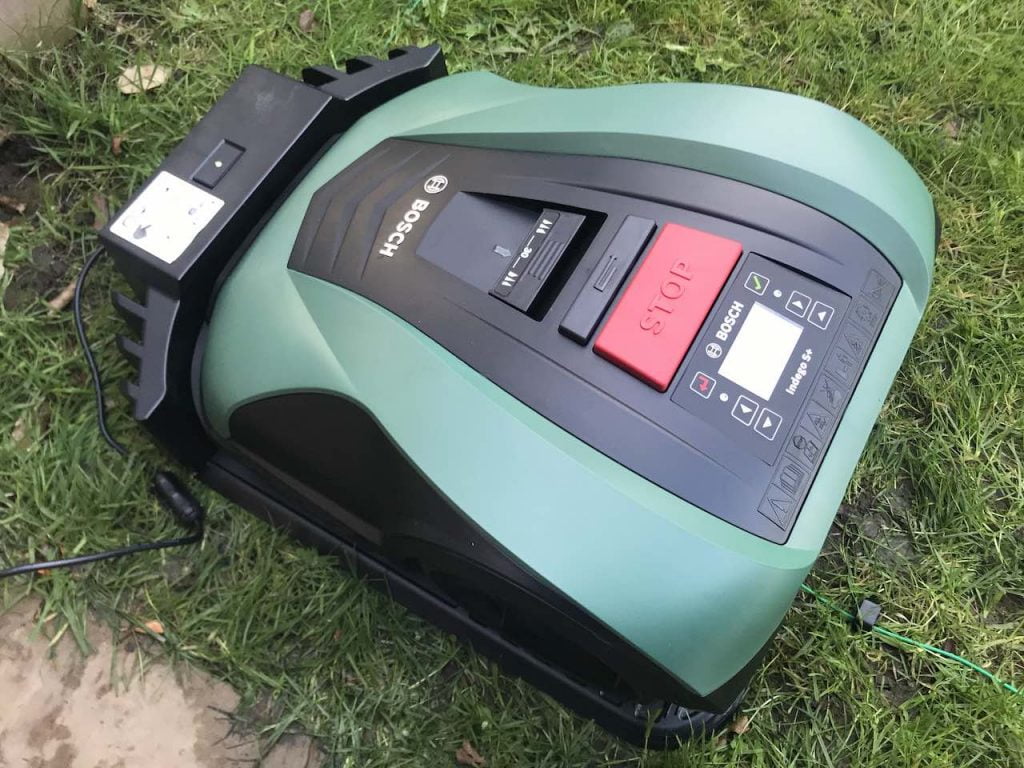
If you have a small to medium lawn (under 300m2), an electric or battery-powered lawn mower is best.
For larger lawns (350m2 Plus) a petrol-powered ride-on or 'lawn tractor' is best. As battery-powered ride-on mowers simply don't have the capacity yet to run for longer than around 30 mins which isn't long enough for a larger lawn. Unless the lawn is cut in sections between charges.
For most gardeners, though, when mowing a lawn, you want to get it done in one hit so the grass looks even.
When it comes to choosing a new lawn mower, there is also the choice of self-propelled or push. This is related to whether the mower will move itself (self-propelled) when turned on or whether you need to manually push and pull it.
A self-propelled lawn mower has a drive function that will power the mower's back wheels, meaning you don't need to push it. A self-propelled mower can save a lot of effort when mowing the lawn, especially with heavier petrol mowers. Most electric lawn mowers are light enough that they don't have a drive function and are push mowers.
The classic rotary mower is a true self-propelled mower where the blades only rotate when you push or pull the mower. These rotary mowers are only suitable for tiny lawns but don't require any power at all!
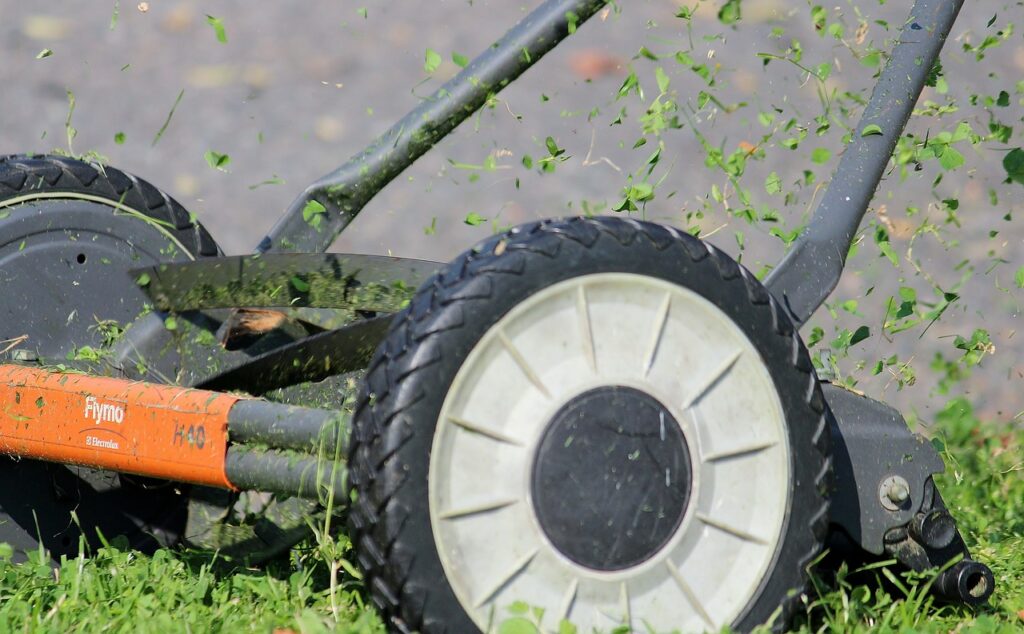
Once again, it depends on the size of your lawn and how steep or challenging the terrain is. For flat, small lawns, a push mower is usually fine. For larger, steep lawns, a self-propelled mower is far easier to use and less physically demanding.
This question is often overlooked when choosing a new lawn mower. Different lawns and styles have different mowing frequencies. Depending on the type of lawn you want to have in your garden, the mowing frequency will differ.
Suppose you want a formal ornamental lawn; you then will mow it twice a week (yes, you read that correctly). So you may also want a roller to create stripes if that's the case and a high-quality mower that can cope with that much use.
If you're going to leave 'no mow' strips, create wildflower meadows or have a more utility lawn that gets mowed every 2 weeks. Then you can probably opt for an entry-level lawn mower or even a plug-in one.
When mowing a lawn, it's important to know how much of the cuttings a lawn mower can hold before it needs to be emptied unless you're mulching a lawn (letting the clippings fall back on top of the lawn) and then working out the holding capacity of a collection bag or bin is essential when buying a lawn mower.
The bigger the collection bag or bin, the less time is spent emptying the grass clippings into a compost bin or green recycling bin.
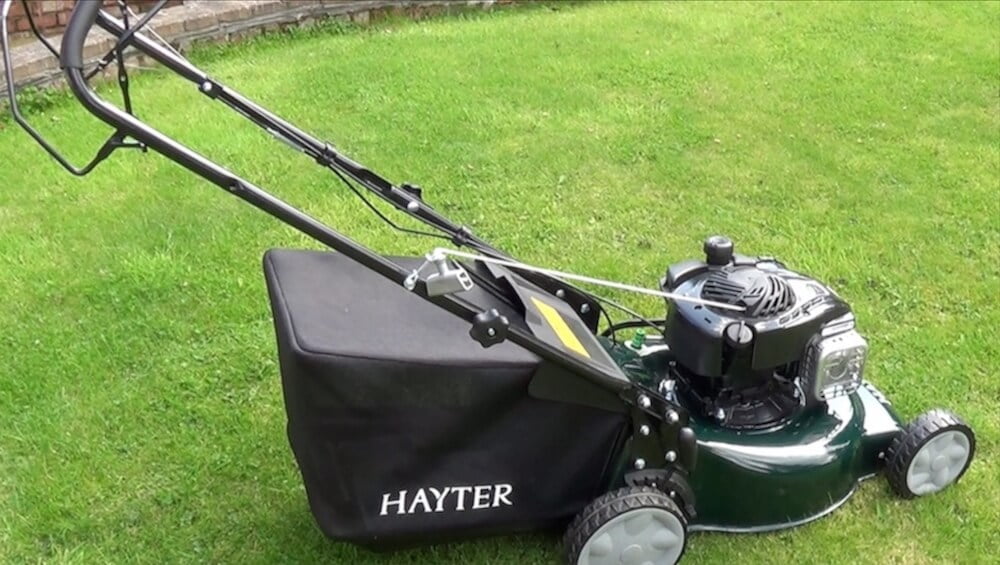
However, the bigger the bag, the heavier and more cumbersome it can be. Some clever bags have a chord that, when pulled, compresses the grass, making more room. But bear in mind that wet, freshly cut grass soon gets heavy.
Too small a collection bin, and you'll be up and down like a yo-yo emptying it. So it's worthwhile working out the size of this bin and your capability or enthusiasm for emptying it!
The cutting width of a mower relates to how wide the cut is with each pass. The wider the mower, the fewer passes needed for a lawn, but also, the wider it gets, the heavier and harder to use with a manual mower.
As a rule of thumb, here are the cutting widths of lawn mowers depending on the size of your lawn.
The wider the cutting width, the faster it is to mow, but the harder the mower is to manoeuvre and turn with. The turning circle, too, becomes longer the wider the lawn mower. So if you've got very intricate flower beds or lawn shapes, then a mower that is too big or wide can be problematic.
Ride-on mowers and lawn tractors have an average cutting width between 45cm and 90cm.
A standard push lawn mower width is between 35cm and 40cm
Cutting heights of lawn mowers relates to how high the grass will be once you have finished cutting it. Nearly all lawnmowers have adjustable cutting heights with a lever on the side of the machine. Cutting height ranges are usually 20mm to 60mm
Then, you move the blades up or down to a preset number.
Usually, the lower the number i.e. 3, the lower the cut. The higher the number, like 6 or 7, indicates longer grass will be left after the cut.
This helps you decide the height of the grass once you've cut it. This can be useful as different times of the year require different lawn cutting heights or different lawn uses. An ornamental lawn with low foot traffic is cut far shorter than, say, a family lawn or sports lawn, which is left longer.
Ornamental Lawn Cutting height - 2.5cm
General utility lawn cutting height - 5cm
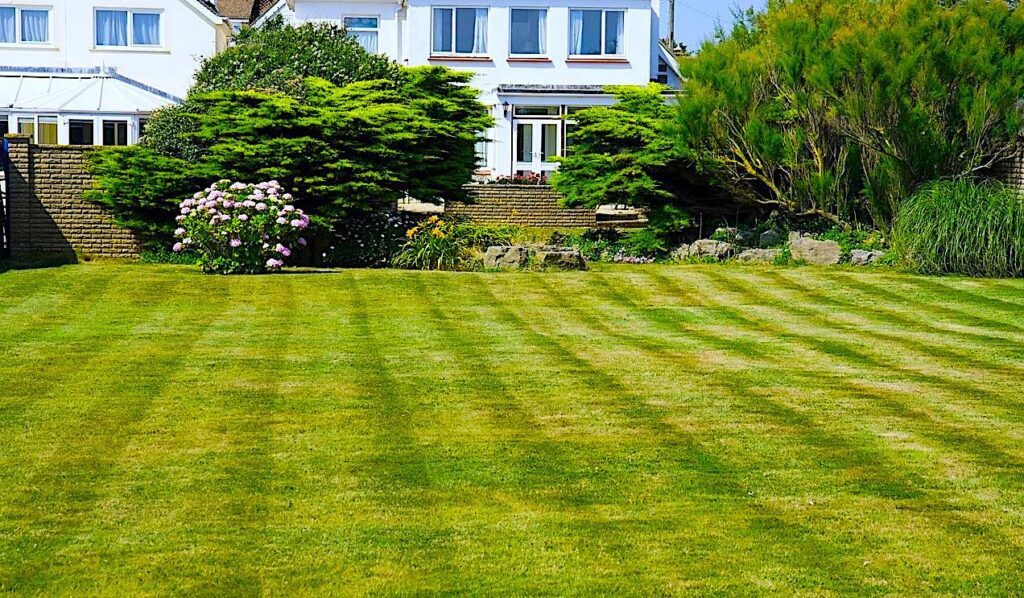
There are also a number of newer lawn mowers that can cut right up to the edge. Saving you time strimming the edges of lawns afterwards. These clever mowers often feature wheels that are inset or have other clever blade positions, which means they can mow all the way to the edge.
Some work better than others, and sometimes, the mowers that can mow up to the edge have a narrower cutting width to begin with.
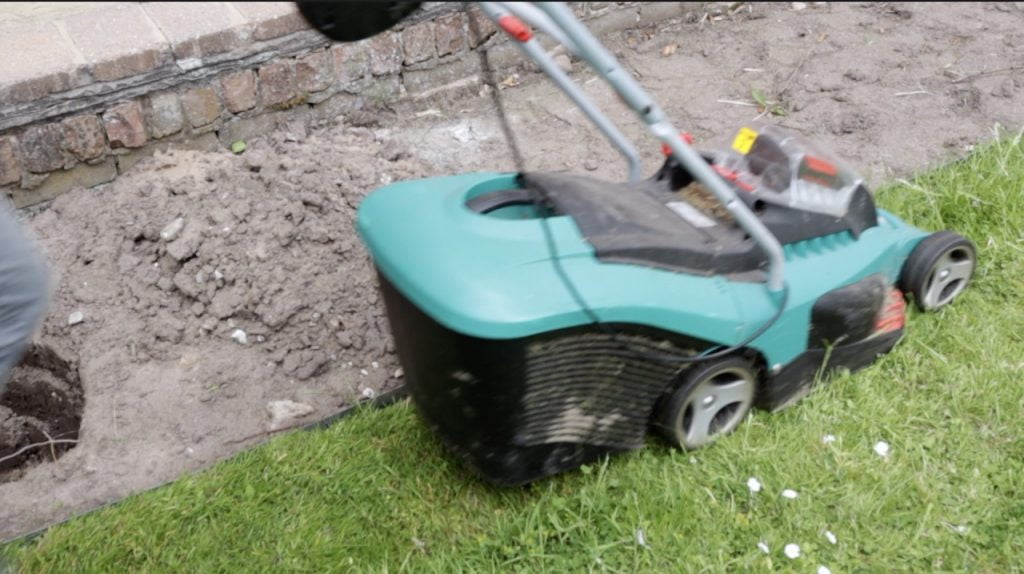
One top tip is to use a lawn edging strip to ensure that you don't need to constantly cut in your lawn edges with a half-moon edger. This re-edging can take a lot of time during the season, and an edging strip stops this. It also prevents grass from growing into your flower beds too!
Lawn mowers require regular yearly maintenance to keep them in good working condition. Petrol-powered mowers require more maintenance, including oil changes and spark plug replacements. With a petrol mower, you will want to get it serviced every year. To check the oil levels, spark plus and general health of the engine. An old, unserviced petrol lawn mower will eat through fuel and can become dangerous if parts are damaged or fuel starts to leak.
Servicing your lawn mower once a year is advisable.
In the winter time when you're not using your petrol mower, you need to drain out the fuel. This is because the fuel can go off and stop the mower from starting properly. One trick is to simply use the mower until it runs out of fuel. The other is to locate the fuel stop valve or switch. Turn that off then run the mower until it stops or chokes. As if you had run out of petrol.
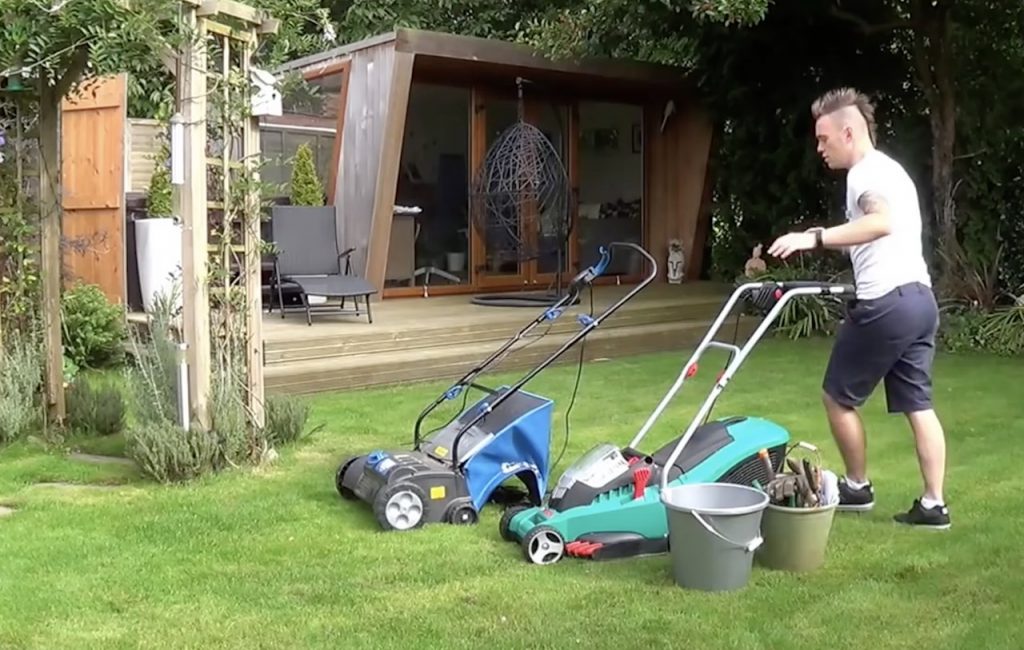
You can buy fuel stabilisers to add to fuel for the winter for lawn mowers. But the review of them are poor and often they are really expensive and not that successful.
Electric and battery-powered mowers require less maintenance but may need battery replacements over time. Also, as the mower ages, the lifespan of the battery will become shorter with each subsequent discharge. This is why battery-powered mowers should always have a removable or replaceable battery pack.
Blade sharpening and replacement may also be necessary. This is why it's important not to mow over rocks, concrete or other debris. Always move large branches off the lawn, and don't be tempted to use your mower to cut up wood chips or anything bigger than thin twigs!
Another consideration when choosing a lawn mower is to make sure that you also spend time keeping your lawn in good shape. A well-maintained, cut and scarified lawn will reduce stress on your mower and help create a lush full lawn that guests are jealous of!
As a rule of thumb, you want to:
Usually, anything up to 60 mins of use needs a good 5-10 mins cooldown before using again with most generic petrol mowers. Some have more advanced cooling systems, such as liquid cooling. Others rely on air cooling.
The reasons why your lawn mower may overheat are usually:
In conclusion, choosing the right lawn mower for your needs requires careful consideration of several factors. By considering the size of your lawn, type of grass, power source, budget, and maintenance requirements, you can make an informed decision and ensure that your lawn looks its best all year round.
Do your research and make sure you check out online reviews and visit machinery stores to test out any considered lawn mower purchases.
I’d love to hear from you about your lawn mower questions. Send me your lawn-cutting pictures on social media and ask any questions you may have.
Don’t forget you can always visit my Youtube channel, where I’m happy to help. You can also check out my Tweet, Facebook or Instagram for more garden guides and tips.



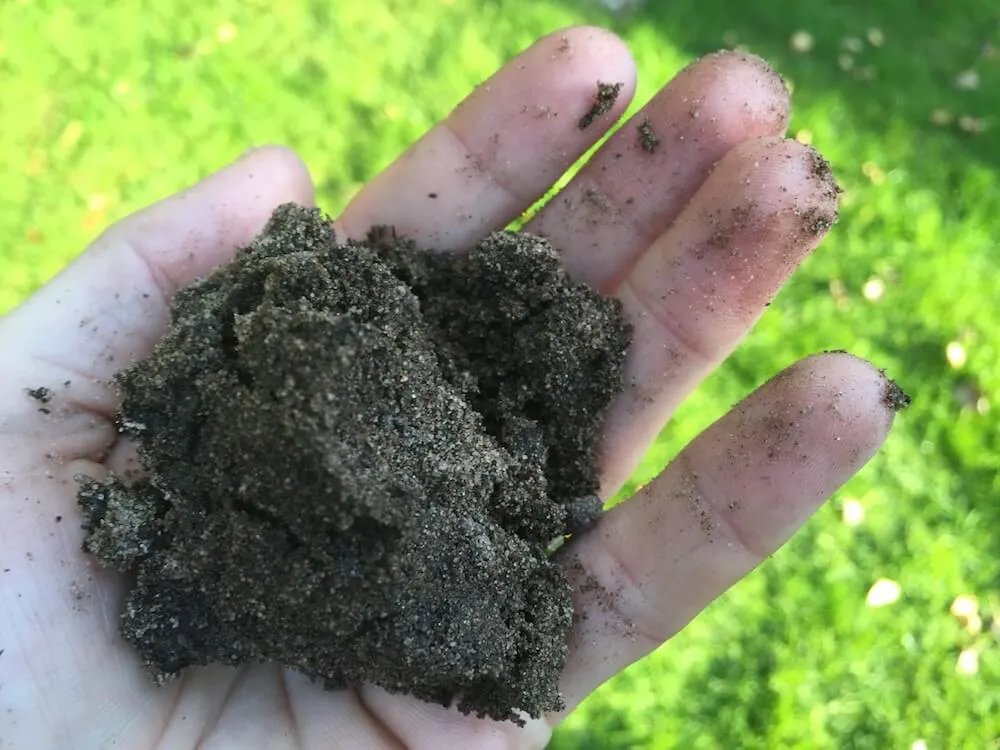
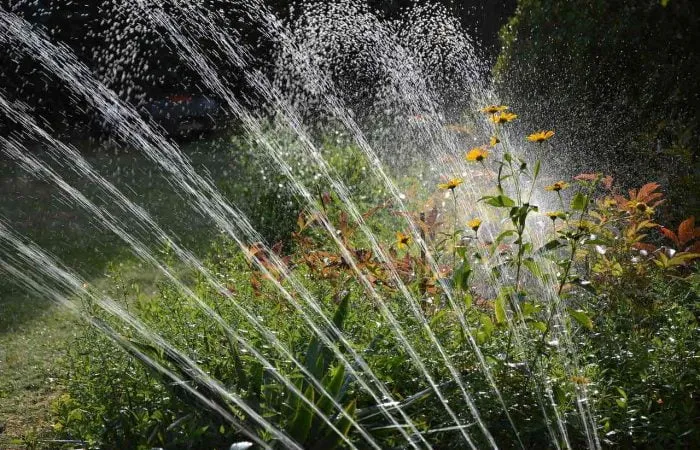

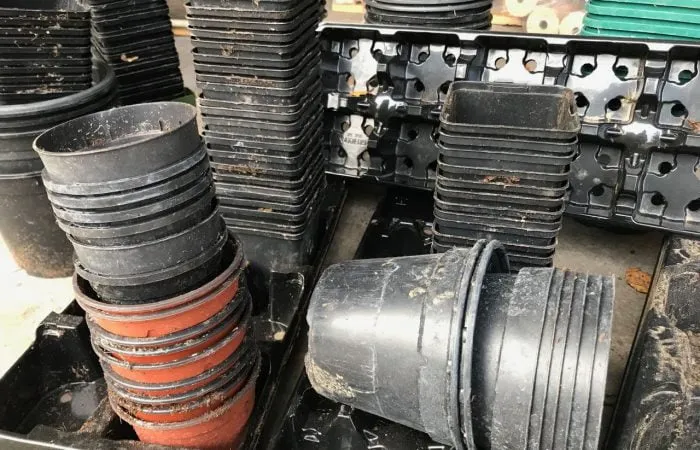
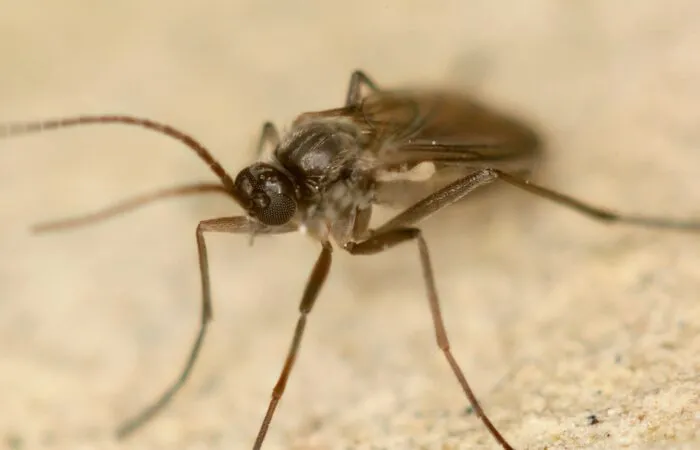
JOIN THE NINJAS

Be the first in line for new Guides, Discount codes and Offers